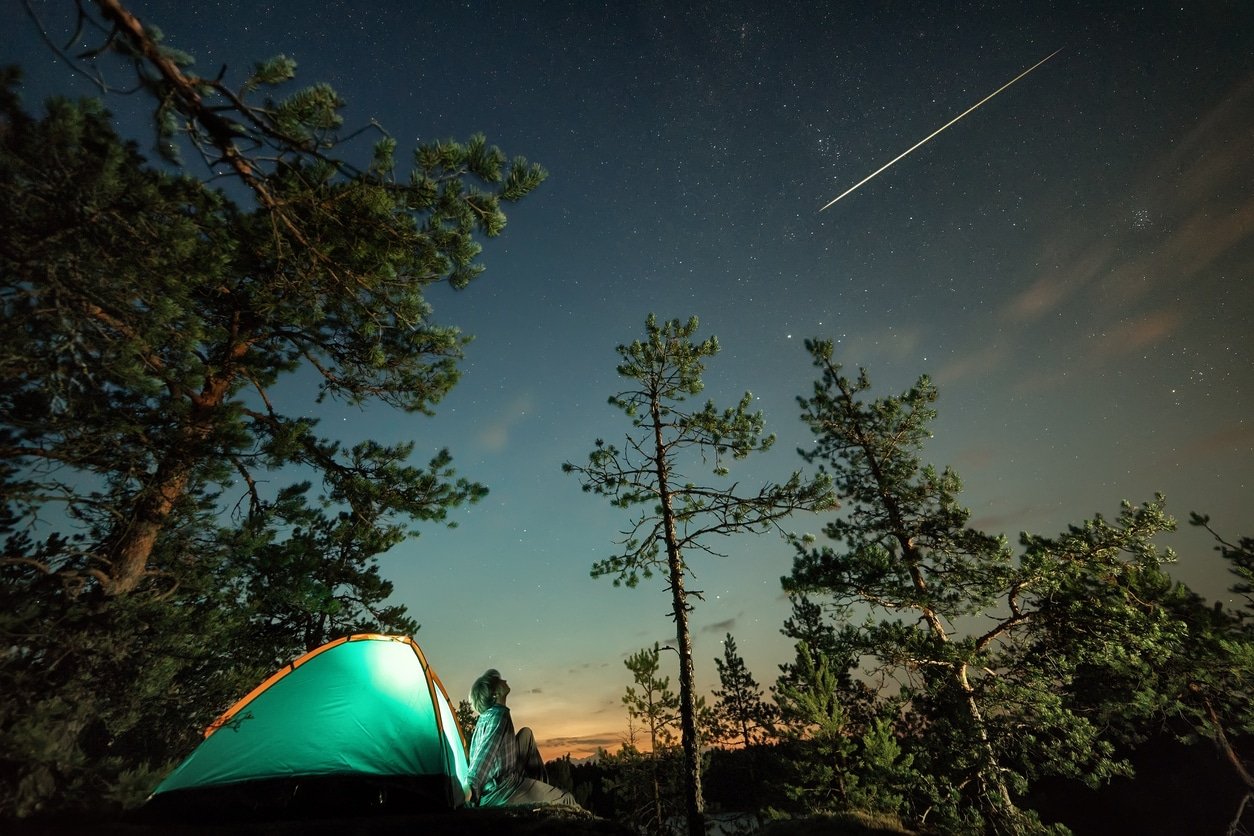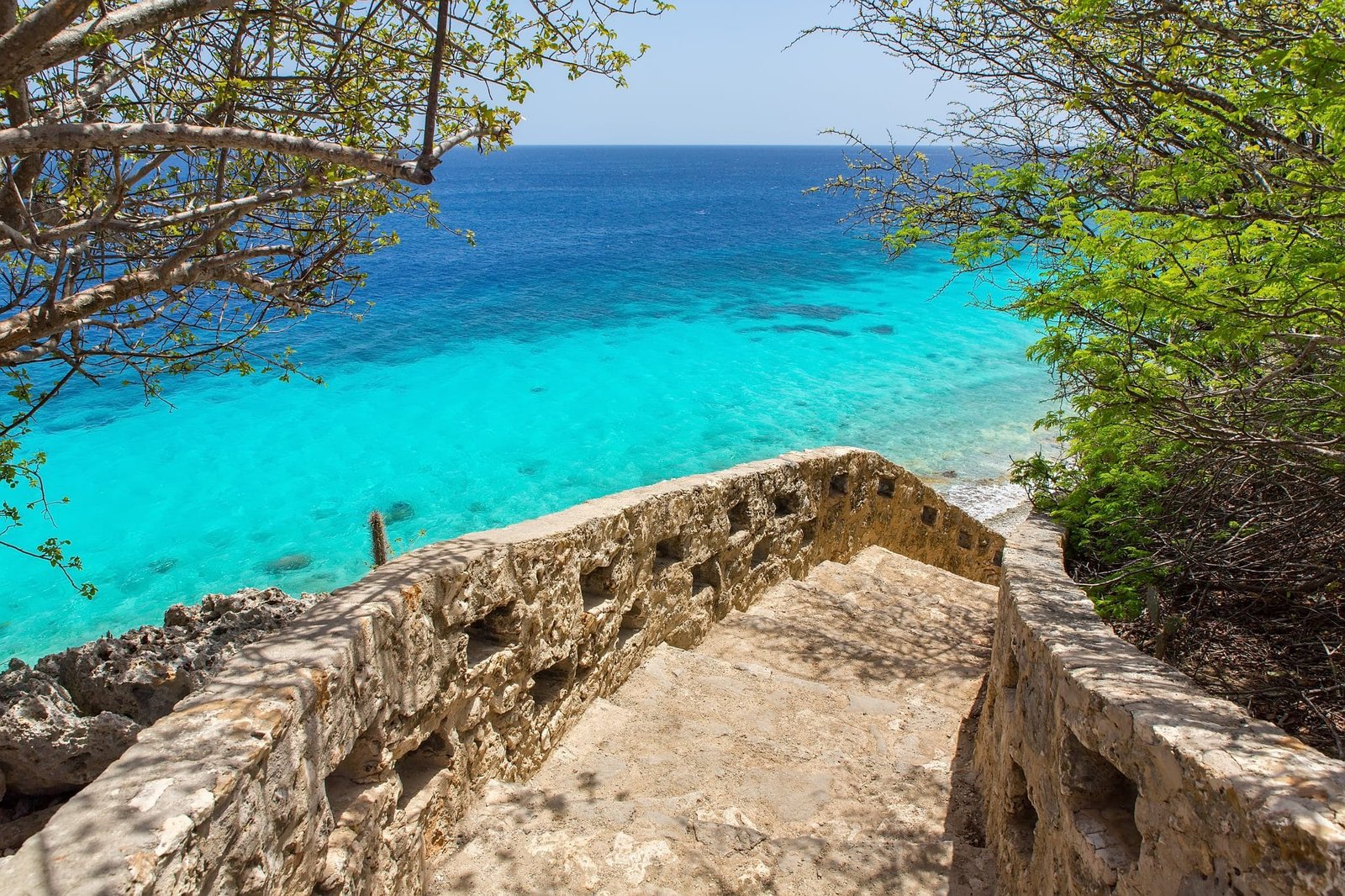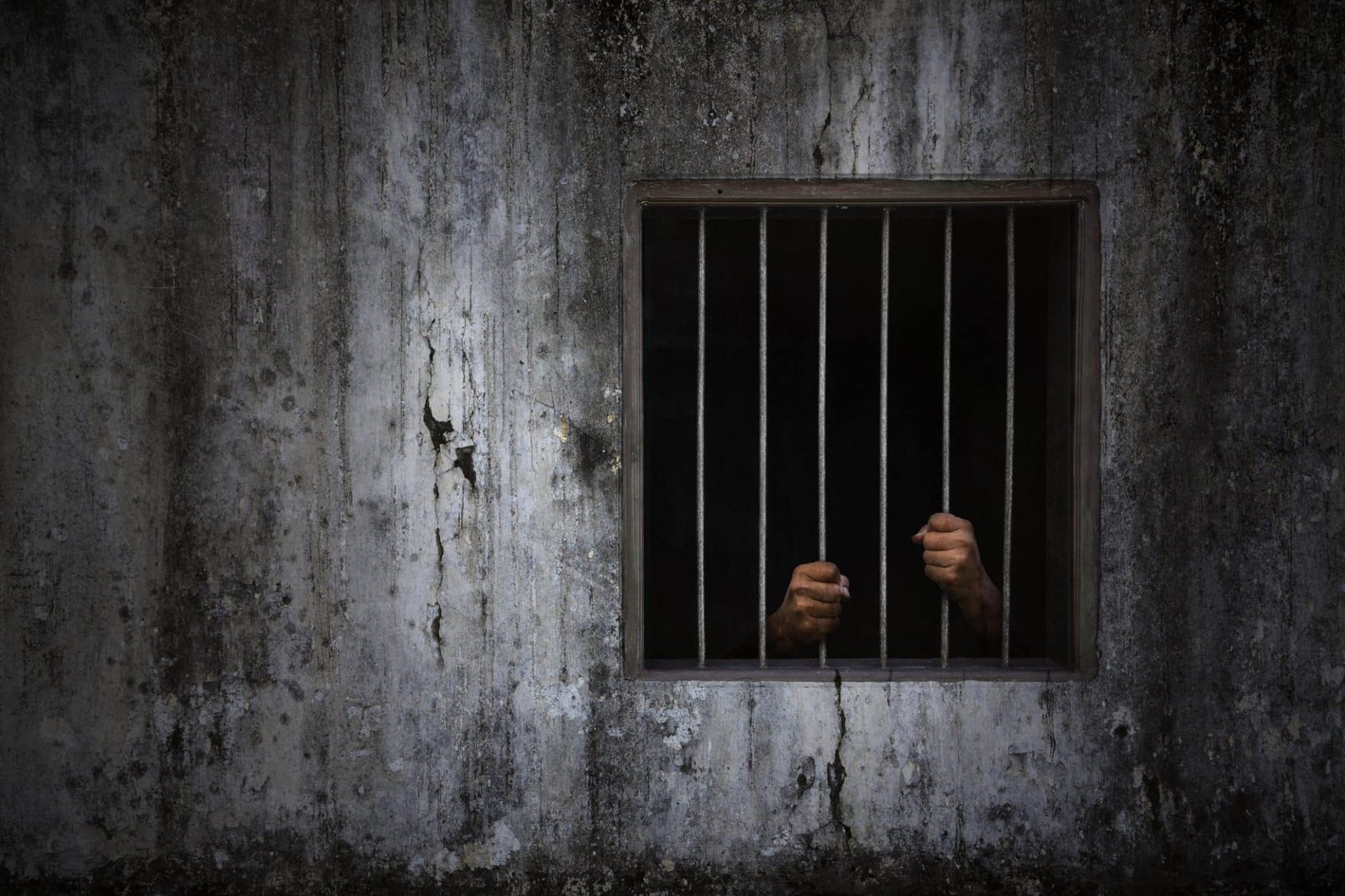Camping In Shetland [2023]: Best Campsites, Wild Camping & More!
Made up of over 100 islands and known for unparalleled beauty, it’s little surprise that camping in Shetland is becoming more popular every year.
This subarctic archipelago in the Northern Isles of Scotland boasts some of the UK’s most captivating historic sites, ancient ruins, scenic walking areas, and rare bird life! In essence, Shetland combines natural beauty, history and wildlife into just one place.
Whether you are planning to hike, cycle, sleep under the stars, or are just looking for an inexpensive way to see as much of Shetland as possible, camping can be a cost effective and fun way to do that. It’s also a truly unique opportunity to lose yourself in the quiet scenery that makes this place so special.
We give you some of our favourite campsites in Shetland below, but wild camping in Shetland is also legal and well tolerated too – thanks to Scotland’s Right to Roam Act. However there are some places where you cannot wild camp such as Tresta Links in Fetlar, Noss and Fair Isle.
We talk more about that, as well as offer some tips and tell you some ideas for wild camping spots in Shetland, further down this article.
So read on to begin your Shetland camping adventure!
CONTENTS:
- Camping in Shetland
- The Best Campsites in Shetland
- Wild Camping in Shetland
- Some of Our Favourite Wild Camping Spots in Shetland
- Tips for Wild Camping in Shetland
- Weather and Best Months to Visit
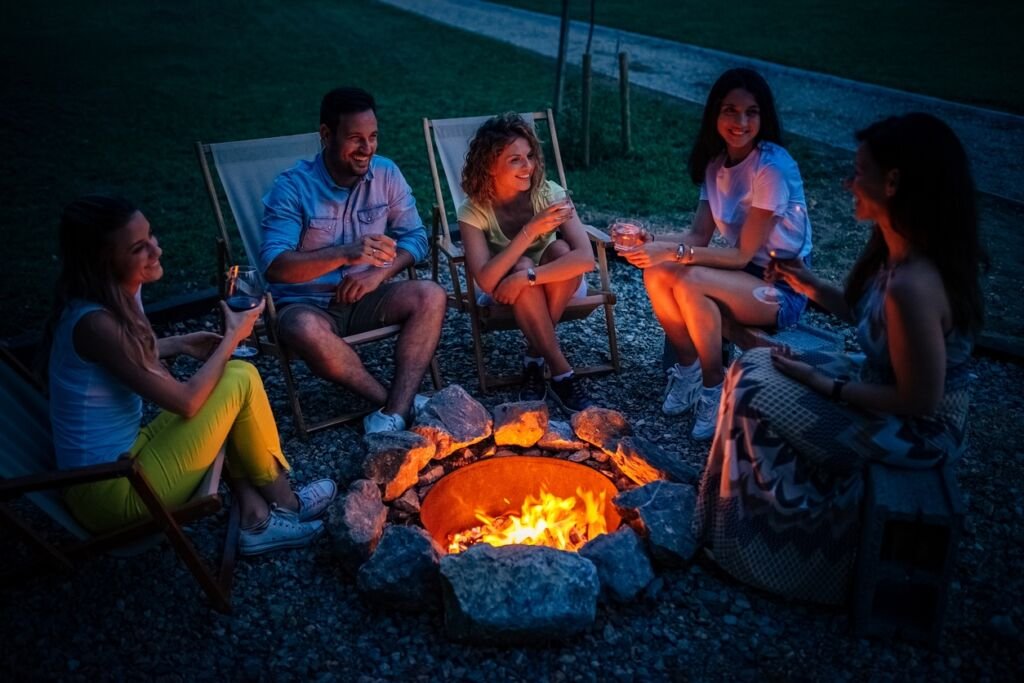
Camping In Shetland: A Holiday You’ll Never Forget
Made up of over 100 islands, only 15 of which are inhabited, Shetland is brimming with breathtaking landscapes, pristine walks and unique animal breeds such as the iconic Shetland Pony and the Shetland Sheepdog. With island-hopping opportunities and golden beaches, expect a very special camping experience here.
There are some great campsites to choose from that are located close to some of the main walking, hiking and cycling routes in Shetland – we give some of our favourites below.
A good quality walking in Shetland book – like this one which has dozens of trails – can help you plan what area you may want to visit and walk in, and therefore what campsites may be of interest to you.
If wild camping in Shetland, then we would highly recommend a map – like this one – which will be an invaluable resource for finding the perfect spot, away from roads and rural enough so you can enjoy the peace and quiet.
However if you’re looking for some great campsite recommendations, below we share some of our favourite campsites in Shetland, before looking at wild camping in Shetland:
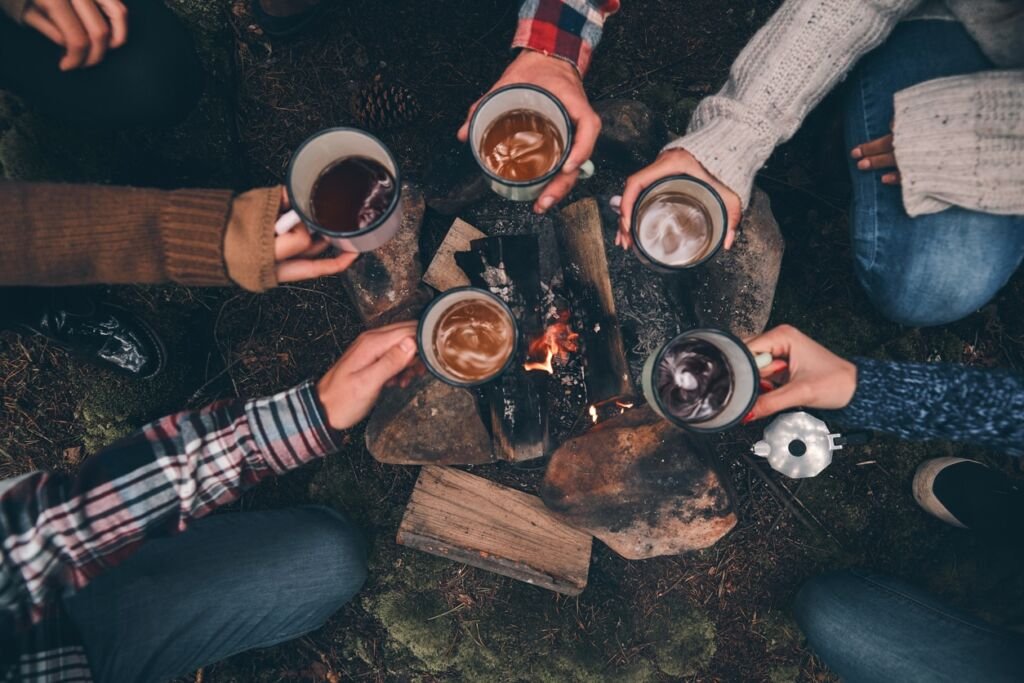
The Best Campsites In Shetland For Fun, Views & Adventure!
1. Skeld Caravan Park and Campsite
This quiet and peaceful site is the perfect base to enjoy nature and take in views of majestic cliffs, beautiful greenery and hills adorned by heather.
The marina and waterfront sit on the edge of the site, which makes it a great location to spot an array of wildlife and different species of birds. From the comfort of your tent you will see fishing boats setting out to sea and returning with their day’s catch. It really is a beautiful setting.
There’s many scenic walks nearby too that take you around the coast, nearby historic sites and lochs.
We recommend stocking up supplies at Tesco in Lerwick as shops are a fair distance from the campsite. However, there are a few community stores where you can grab some fantastic baked goods.
Facilities wise there’s all the amenities you’d expect like toilets and showers, but there’s also a laundry, indoor board games, play areas for children and Wifi. There’s even a wildlife hyde which can be used to try and spot wildlife like birds and seals!
Price: From £10 per night
Address: Skeld, Shetland ZE2 9NY
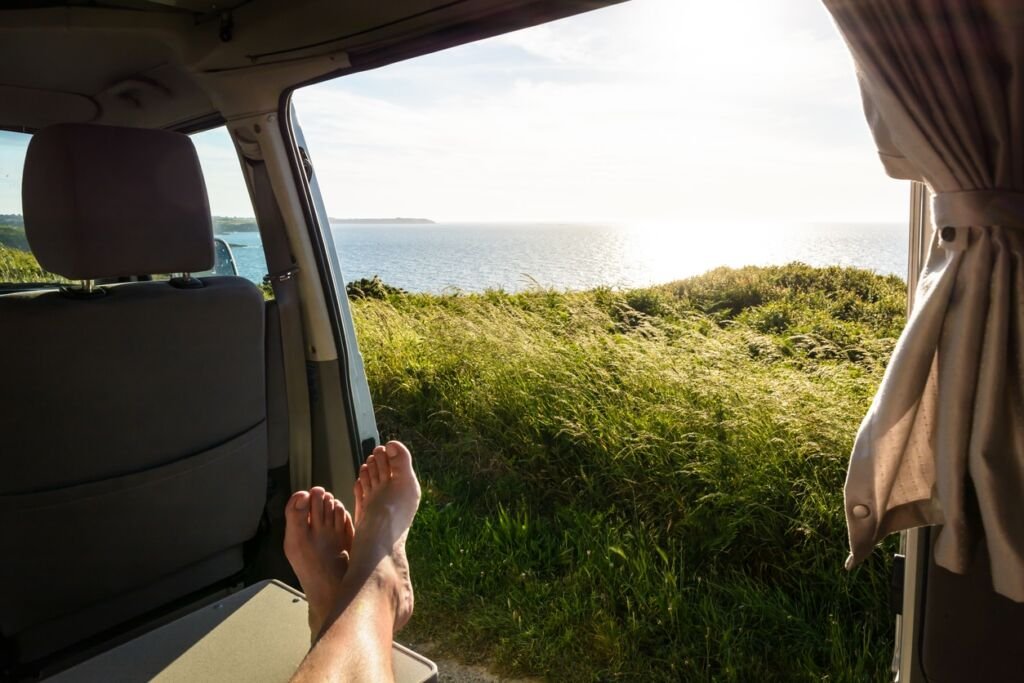
2. Burravoe Caravan Site
Also known as Burravoe Pier Trust campsite, this cozy spot in Yell is conveniently located close to great coastal walks and is one of the best areas in Europe to spot otters – great to keep children entertained!
Facilities wise you’ll find all the basic amenities you need, but there’s also electric hookups and a cafe within walking distance. At only £7 per night for a tent, this tiny campsite is one of the most affordable in Shetland too.
Situated at the south east point of Yell, staying here is an opportunity to immerse yourself in rich history, arts, crafts and archaeology. That’s because Burravie Caravan Site is near The Old Haa Museum andThe Shetland Gallery.
Overlooking Heoga Ness and the ruins of the first Methodist chapel built in Yell – dating back to 1827 – this site is surrounded by relaxing walks such as the circular Heoga Ness walk and the walk to Neapaback. A board on site shows the routes for those walks, and if you are lucky, you might even spot a few cute puffins along the way!
Price: From £7 per night
Address: Burravoe, Yell, Shetland ZE2 9AY

3. Braewick Cafe and Caravan Park
If you are looking for a little caravan and motorhome park boasting one of the most dramatic coastal views in Shetland, this site in Eshaness could be the one for you.
We love the undisturbed view overlooking the famous towering granite sea stacks of The Drongs. The cafe does a nice breakfast too, has fantastic coastal views, and is open most days during daytime hours.
You can stock up on essentials at a local shop just five miles away, and there’s a pebble beach close by too.
Braewick Cafe and Campsite has other accommodation options other than tent pitches. We liked the wooden wigwams that were fully equipped with a kettle, fridge and heating.
The shared facilities are clean and well maintained too, and you can get water and electric hookups for your pitch. This quiet, scenic site is a little piece of Shetland heaven.
Price: From £18 per night
Address: Eshaness, Shetland ZE2 9RS

4. Levenwick Campsite
Open from May-September, this back-to-basics campsite offers breathtaking views at a very affordable price and is in a great location for exploring southern Shetland.
Situated just off the main road between Lerwick and Sumburgh, this site overlooks the sandy beach at Levenwick Bay and has toilets (with disabled access), hookups, and chemical waste disposal.
There’s great opportunities here to discover nearby beaches and outstanding archaeological and historical sites, including Jarlshof and Old Scatness.
Children will love the wildflower garden with picnic tables at the site, as well as the opportunities to spot wildlife like orcas, dolphins and close-up views of puffins around Sumburgh Lighthouse.
Situated on the hillside, high above a beautiful sandy beach, there’s many challenging walks to discover in the area too.
Price: From £12 per night
Address: Beside Levenwick Community Hall, Levenwick, Shetland, ZE2 9HX
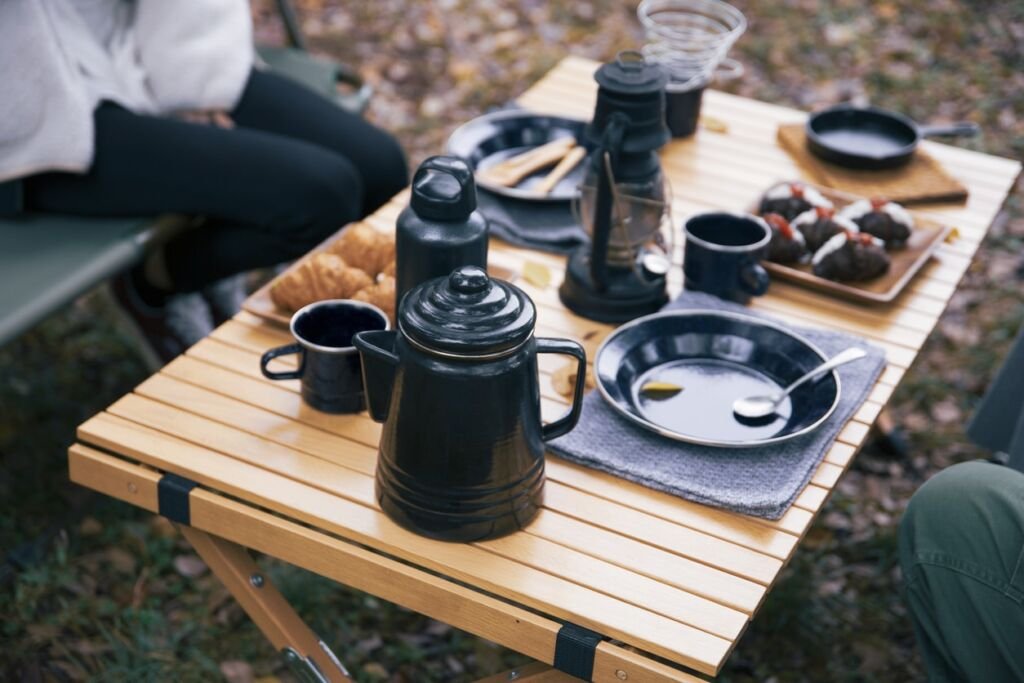
Wild Camping In Shetland: Everything You Need To Know!
DISCLAIMER: Below we give general advice, but we always recommend staying in an official campsite. If you choose to go wild camping/dispersed camping, then make sure you do so with someone who already knows the area where you’re planning on camping for your own safety.
With some magnificent islands and breathtaking wildlife, as well as kayaking, island-hopping and bird watching opportunities, Shetland is ideal for a multi-day wild camping adventure!
However keep in mind that camping is forbidden on Tresta Links in Fetlar and no camping is permitted on Noss or Fair Isle due to the preservation of wildlife.
Thankfully wild camping is permitted and legal elsewhere in Shetland thanks to Scotland’s Right to Roam Act. However authorities ask campers to “tread lightly” and to respect a few guidelines:
- You should camp away from enclosed fields, and pitch your tent away from buildings, roads, and historic structures.
- Campers should be vigilant to avoid disturbing wildlife such as ‘Bonxies’ or Great Skuas.
- When wild camping in Shetland, do not light fires as wild fires are a danger. Instead of building campfires, you could use a storm cooker for cooking – but check local laws first. Then there is much less wildfire risk and you can cook knowing that the fire is contained. We believe the best ones on the market are Trangia storm cookers.
- Take any rubbish with you, and leave your camping spot exactly the way you found it.
The Right to Roam Act also gives access to most of Scotland’s land and inland water, as long as it does not encroach on someone’s privacy and private land.

Here is a list of what the Right to Roam Act doesn’t give you access to, and therefore what you should avoid:
Where You Must Avoid:
- Walking in and going through buildings. An exception would be bothies – small mountain and rural huts that can be used by walkers and hikers.
- Land clearly attached to a building (private garden, backyard).
- Sports fields.
- Schools and school land.
- Building sites.
- Quarries.
Now you know you’re allowed to legally camp in Shetland, and where to avoid, here’s some of our favourite wild camping spots in Shetland!

Some Ideas For Wild Camping Spots In Shetland
DISCLAIMER: The below wild camping spots have been collected from anecdotal accounts, so proceed with caution. You should always be wary of any potential dangers in a region (quarries, bogs, dangerous paths and so on) and should wild camp with someone who knows that specific area well.
While the best thing about wild camping in Shetland is finding your own special spot, if you’re looking for some inspiration here are a few ideas for wildcamping spots.
As always, if you are unfamiliar with an area – or it’s your first time visiting – then be careful as peat bogs and other dangers exist.
When wild camping, we always recommend using known paths and staying close to them. We also recommend taking a camping friend who knows the area you plan on camping in very well. That’s the best way to stay safe.
1. Out Stack aka Ootsta
This wonderful island in Shetland is known as the Northernmost point of the British Isles, making this island a very special place to wild camp.
If you are lucky, you can even see the Northern Lights from here during the colder months!
2. Ronas Hill
This is the highest point in the Shetland Islands at an elevation of 450m, and can be found in Northmavine.
It’s a fun but challenging place to pitch a tent (or you can pitch near the bottom), but the breathtaking scenery, peaceful and pristine landscape – and not a soul in sight – makes it a rewarding wild camping experience.
You will come across a rough section while hiking at the initial lowpoint of Uyea Scord, but the beautiful babbling burn and unparalleled 360 degree view is worth the hike.
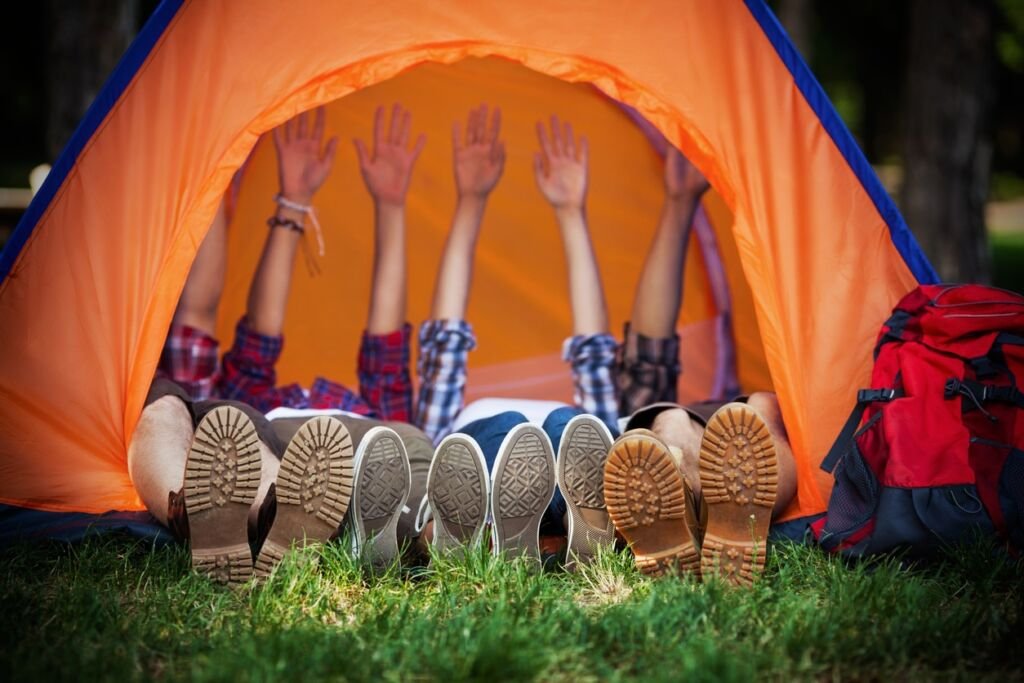
3. Sumburgh Head
We love this wild camping spot for its diverse landscape, wild scenery and excellent wildlife.
Home to the well known archaeological site of Jarlshof, this captivating location is also home to Norse long houses, a 16th century Laird’s house, Bronze Age dwellings, an Iron Age Broch, Medieval farm, and unique opportunities to spot puffins.
Just make sure you camp away from the archaeological sites and from footpaths so you don’t get in anyone’s way.
Tips For Wild Camping In Shetland:
- As a matter of courtesy, it’s best not to camp in the same place for longer than a night if camping beside a popular hiking route.
- It’s always best to camp quite far from buildings and private land, both residential and farm. Although you have the “right to roam” and therefore wild camp, the odd grumpy local exists and if they look out their window and see someone – or a group – camping nearby, you might spend your relaxing countryside evening arguing that “right” to roam!
- Keep an eye out for cow and sheep droppings – if there’s a lot, then that perfect camping spot you’ve found may end up being a sheep congregation at 6am in the morning.
- There are many different water sources in Shetland, but try and make sure you pinpoint a few on your route before leaving. Take plenty of water, but remember to top up at any streams you find – a space-saving collapsible water bottle would be a good purchase.
- Go to the toilet at least 30-50 meters away from water sources, such as rivers. Make sure to use a trowel (like this folding one) to bury any human waste – don’t just leave it out in the open.
- Make sure your tent is midge-proof. These tiny blood-sucking flies (much smaller than mosquitos) come in swarms. A mosquito-proof tent is not always a midge-proof tent – we can’t emphasize that enough!
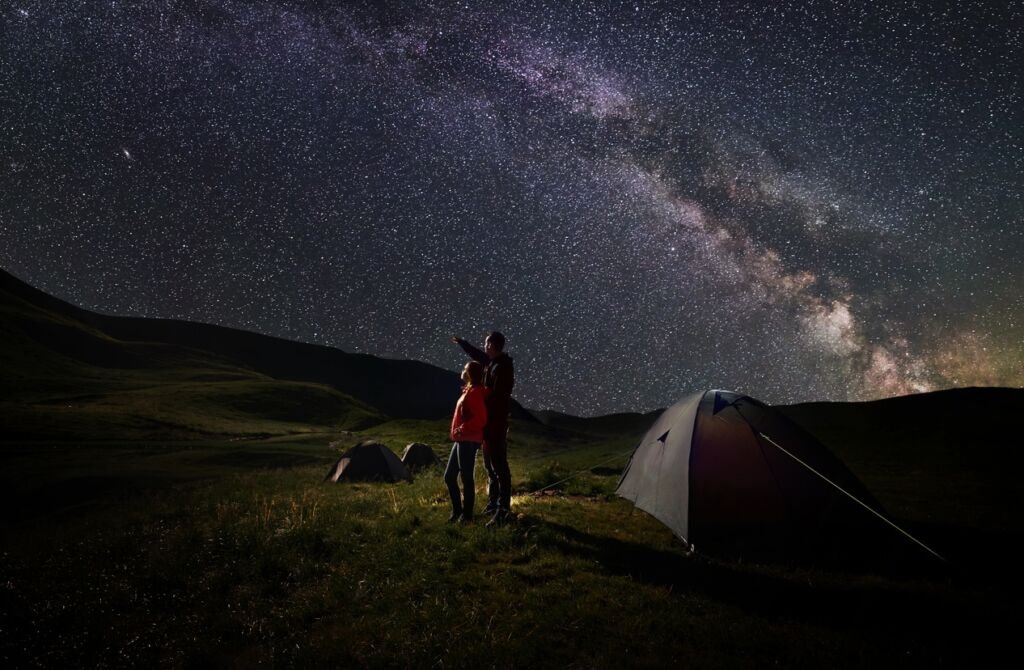
Camping In Shetland: The Weather & Best Months To Visit
Summer is the sunniest period to visit. The weather can be windy still, but it’s the best time to spot amazing wildlife! Hitting 15-18 °C on the warmest days of the year, summer is also a perfect time to undertake relaxing walking trails as the land should be dry and walkers can enjoy the long daylight hours.
With mild to warm temperatures, spring is a lovely time to visit Shetland as kids and families can make the most of a full day exploring the historic towns. Temperatures range from 2°C to 8°C, and visitors can see flowers in full bloom and wildlife can be spotted during walks.
With milder temperatures during autumn, it’s a good time to avoid the peak summer tourist season, go on hikes, take in the majestic coastal views, and enjoy the autumnal colours at Ronas Hill.
Winter brings the shortest daylight hours and coolest temperatures, but visitors can enjoy the crisp air during walks on the different trails on the island. You are more likely to see the Northern Lights in Shetland between September and March as the colours of the aurora are more prominent when the night sky is dark.


